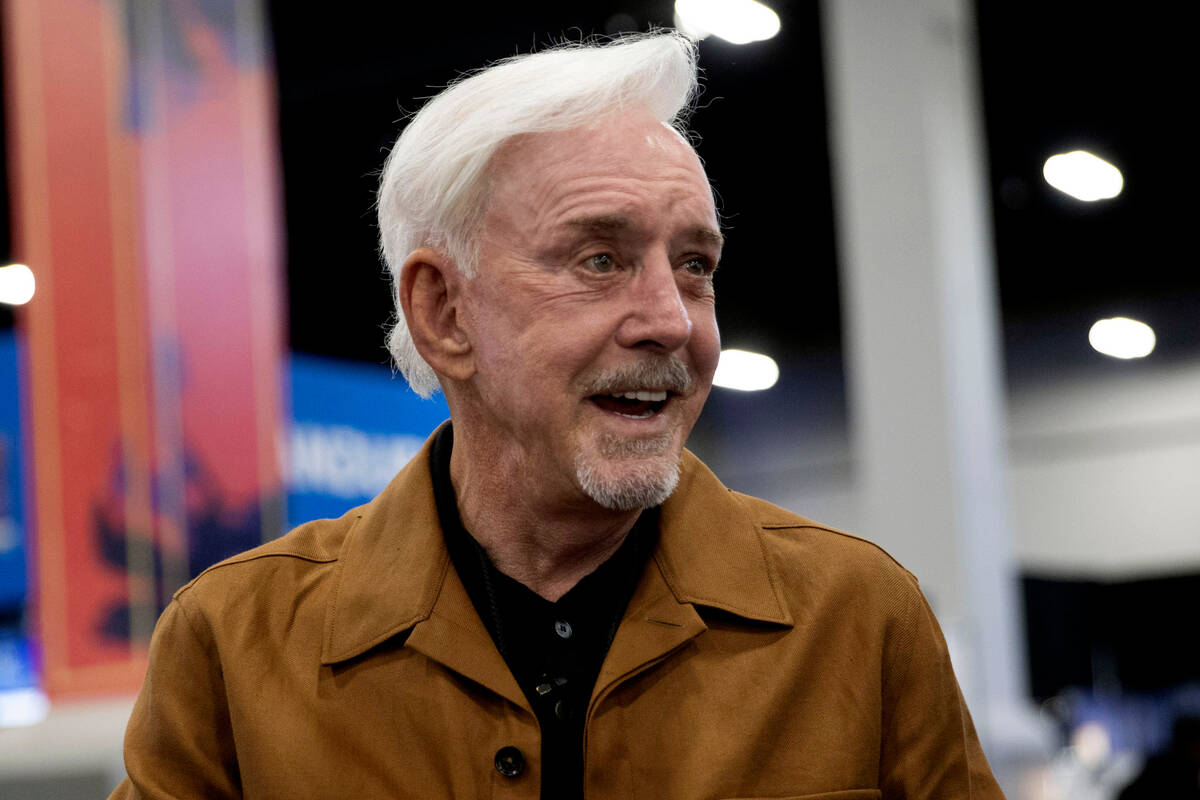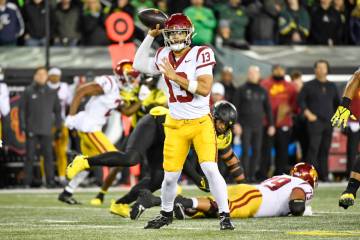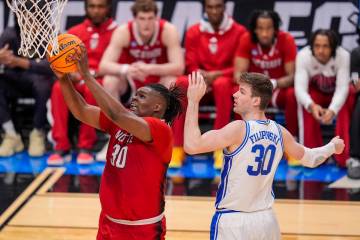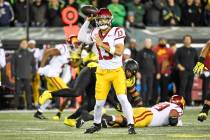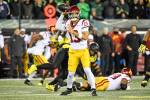Was Billy Walters’ Super Bowl bet a ‘head fake’?
The legend of Billy Walters lives on.
When the 77-year-old gambler gave his Super Bowl pick on the Chiefs, a bevy of bettors on social media automatically assumed he’d intentionally revealed the wrong side to move the line and bet on the 49ers at a better number.
That’s because during his heyday, Walters — widely regarded as the most successful sports bettor of all time — was a master at manipulating the line and keeping his actual plays a mystery.
But the Las Vegas businessman and philanthropist said those days are gone, and he’s dumbfounded that many believed his winning pick on Kansas City’s 25-22 overtime victory over San Francisco as a 2-point underdog was one of his signature head fakes — or what he used to call “phonies.”
“I don’t have the organization and I don’t have the will or the need to play phonies anymore,” Walters said. “I still bet on sports. I will till the day I die, or as long as I feel I can beat it.
“I love sports. I don’t do it to pay the bills anymore. I win. If I didn’t win, I’d quit. Really, all I’m doing is football.”
He said the Super Bowl would be the last game in the world that he’d try to fake, especially when the line was 2 points.
“The only way a head fake would work on a Super Bowl, it would only make sense around a key number, around a 3 or a 7, or maybe even a 6 or a 14 or 10,” he said. “Getting that game to 3 would’ve been impossible, because it’s the Super Bowl. On the Super Bowl, if I had wanted to, I could’ve bet $20 million on that game.
“It would be the dumbest thing in the world for a guy to phony up a game that was 2 — or 1 or 5 or 8 or 9. Those numbers are dead numbers. Nobody’s going to go out and phony a game up from 2 to 2½ or 1 to 1½.”
‘Ripple effect’
Walters, who breaks down the value of points in his autobiography, “Gambler: Secrets from a Life at Risk,” explained how and why he did head fakes during an unprecedented 36-year winning streak from 1982 to 2017.
“The main reason I did it was to try to drive a number up and bet a lot more money on the other side on a key number,” he said. “If you can’t bet 10 times as much money on the other side, or at least five times as much money, there’s really no value in doing it.”
He said he mostly moved lines half a point to key numbers. Using a head fake was far cheaper than “buying” onto the number directly at a sportsbook.
“Moving a game from 6½ to 7 or from 2½ to 3 is a mountain,” he said. “Buying a game on a 3 on the NFL, the fair price is 22 cents extra. So if you could bet 100 grand on the wrong side and move the game to 3 and go back and bet a million and you can take 3 at 11-to-10, you’ve bought 3 for a penny. That’s the main reason to do fakes.”
Walters said the Don Best odds screen, which shows lines from sportsbooks around the world, made it much easier for him to do fakes.
“You only get a benefit from doing a head fake with a book that other books follow and other books move their numbers off of,” he said. “The books that are the key influencers, Circa, (Bet)Cris and Pinnacle. Other books pay close attention to what their numbers are. They know they take big bets, and they know they’re taking sharp action. If you get one of those guys to move their line, then you’ll get a ripple effect. You’ll have all these other books that will just move their line. On air. They don’t even take a bet. That’s when a phony is effective.
“When I had a big office, I could phony them up. But I literally had a thousand people involved with me, directly and indirectly. I’d phony one up, and then, in less than a minute, here I come back and I bet everyone in the world on the other side of the game.”
‘A piece of cheese’
Walters, who moved to Las Vegas in 1982 when he started working with The Computer Group, said he also did head fakes to teach lessons to bookmakers and partners alike who would tail his plays and cause the line to move.
“I started doing it back in the early ’80s because what was happening was a lot of the bookmakers we bet, the second we bet them, they’d go out and bet everyone in the world they could bet,” he said. “On top of that, there were guys I had partnerships with, and they had access to see who I bet on. And they’d go bet places they weren’t supposed to bet.
“To keep them from stealing my plays, I’d go into their accounts and place a bet on the wrong side to where it was, kind of like giving a mouse a piece of cheese.
“It sounds easy, but it isn’t easy. It’s a hard thing to do. First of all, you’ve got to get them to move the line, and, secondly, you’ve got to bet it before someone else takes the numbers.”
Contact reporter Todd Dewey at tdewey@reviewjournal.com. Follow @tdewey33 on X.



